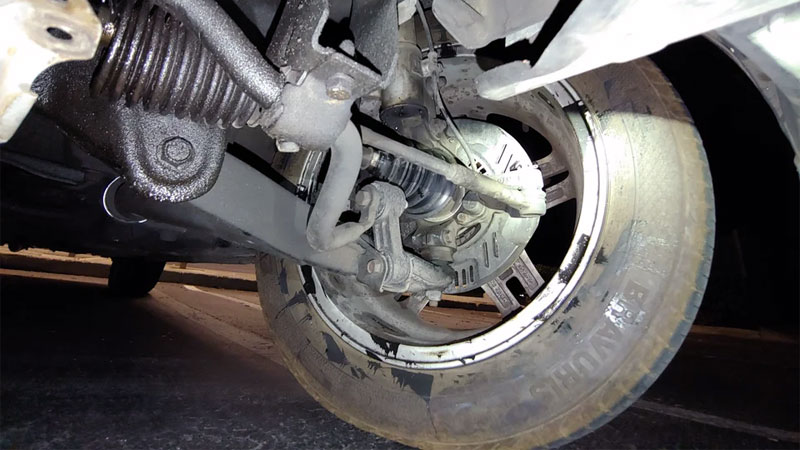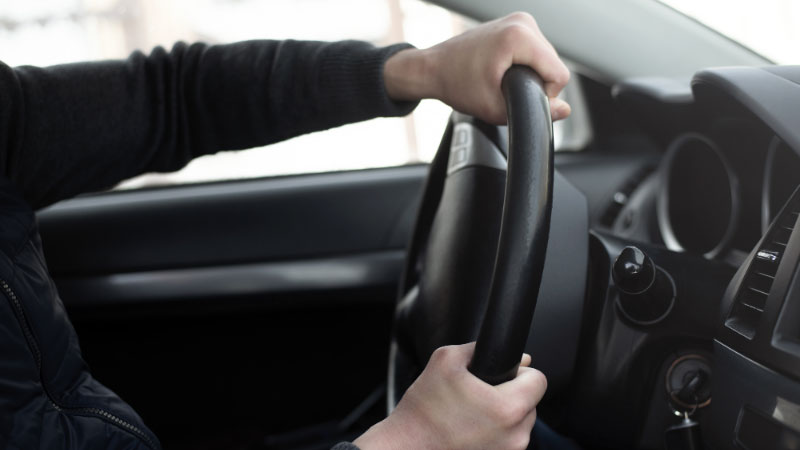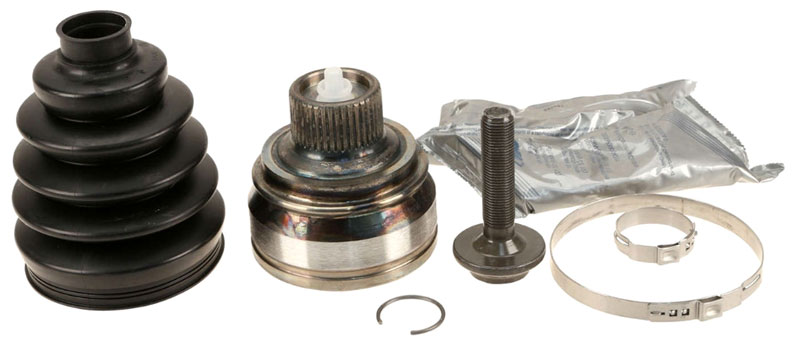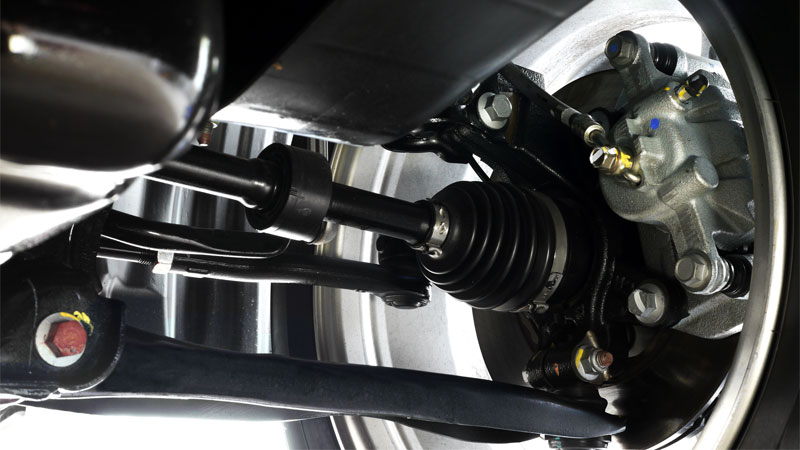CV joints are the constant-velocity joints of your vehicle. They are responsible for transferring power from your vehicle’s transmission to its wheels without causing hardly any friction. Because of this, the driver can turn the steering wheel and the wheels are able to respond smoothly to their demands.
CV joints are essential components in virtually all vehicles, whether they’re a front-wheel drive, rear-wheel drive, or four-wheel drive automobile. This means that faulty CV joints should be a concern for the driver of any type of vehicle.
Top 5 Bad CV Joint Symptoms
When your CV joint starts to go bad, there will be obvious symptoms that will present themselves. Below are five of the most common signs of CV joint failure.
1) Vibrations

If there is a damaged or worn CV joint, then it will start to vibrate as the vehicle is in motion. The vibrations will become more excessive as you step on the gas pedal and go faster.
If you go too fast, your ability to control the vehicle will be limited which could put you and other drivers on the road in danger. Rather than continuing to put people at risk, take any early vibrations as a warning sign that you need to get your CV joint replaced.
2) Grease on Wheel or Tire

If your vehicle has a boot that is torn, it could result in grease leaking from it. This grease will get thrown into the wheel or tire edges as the axle continues to turn, causing grease to appear on them.
3) Knocking Noises

One easily recognizable symptom is a knocking noise that comes from the CV joint if it is too worn or damaged. It will either come from the inner joint on a front-wheel drive vehicle or the inner and outer joints of a rear-wheel drive vehicle.
If you want to find out on your own if this is due to the CV joint, change the gear to reverse and then step on the gas pedal. Try to rotate from decelerating the vehicle to accelerating it. The noises should get louder as you continue to do this. If so, it likely means the CV joint is bad.
4) Loud Sounds When Turning

Whenever there are loud popping or clicking noises as you’re turning the steering wheel, it could be attributed to a bad CV joint.
Depending on the seriousness of the joint’s condition, you may need to replace the whole shaft assembly in addition to replacing the CV joint.
5) Bouncy Ride

In normal situations, your vehicle should be completely steady if you’re driving down a paved road that is totally flat and has no bumps or potholes. But if your vehicle were to bounce around while moving on a flat road like this, then your suspension is to blame with your CV joint being a possible cause.
Have a mechanic check on your suspension components including your CV joints to ensure this is the problem. Don’t let it wait or else the condition could get worse on a bumpy road.
CV Joint Replacement Cost
We recommend Parts Geek for the best prices and selection.

If you find that you need to replace your CV joint, you can expect the replacement cost to be anywhere from $400 and $800. CV joints are typically sold with the axles, so it’s common to replace the axles at the same time. Replacing both axles will run you about $300 in parts.
Labor costs will probably run you somewhere between $200 and $400. The best thing you can do is find an affordable mechanic in your area who will charge you the cheapest hourly rate.
- Power Windows Not Working? (10 Common Causes and How to Fix) - February 8, 2024
- 14 Causes of a Car Losing Power When Accelerating - January 23, 2024
- 13 Causes of Poor Gas Mileage (Increase Your MPG) - December 13, 2023


When ever am driving on avery sloppy surface in my attempt to heavily step on brakes my car makes an akward sound what might be the cause? And that sounds comes with in around the front side around steering
What does it sound like? Could it just be your ABS kicking in?